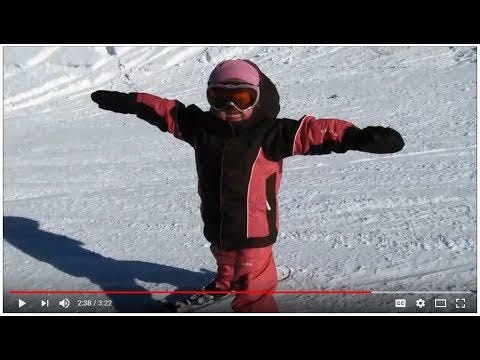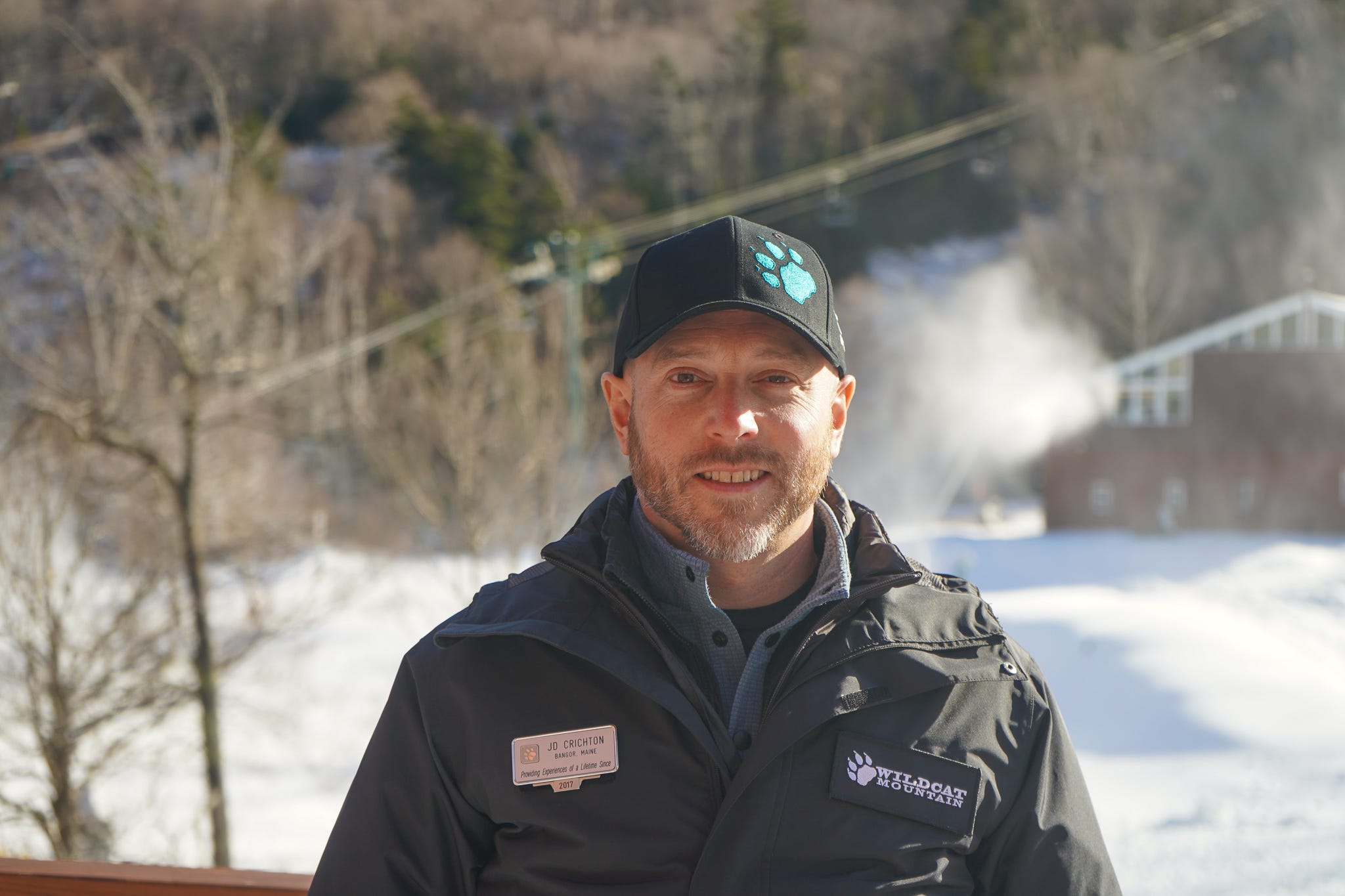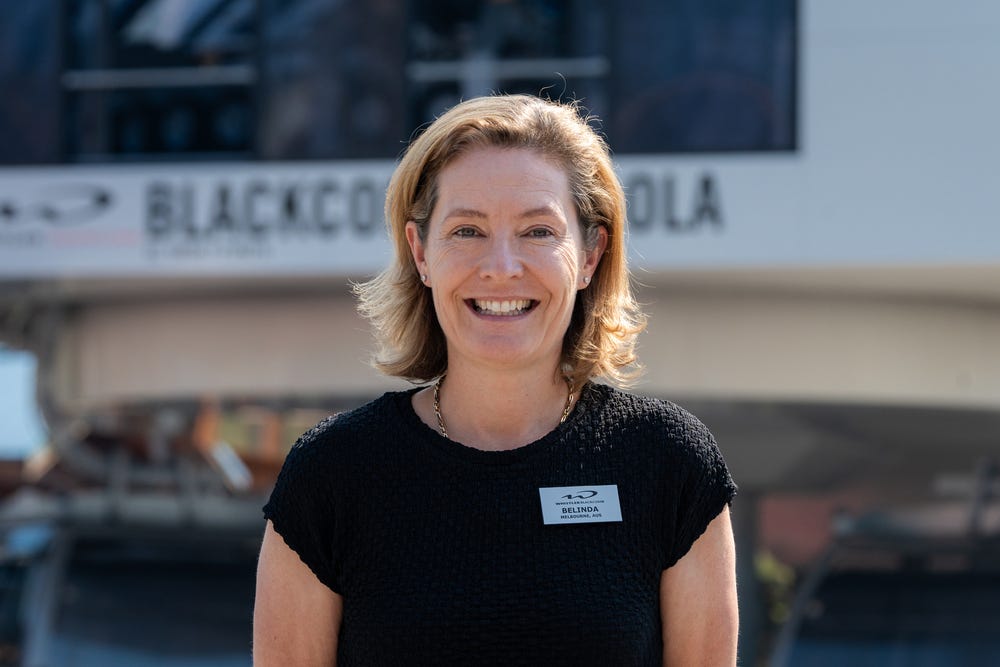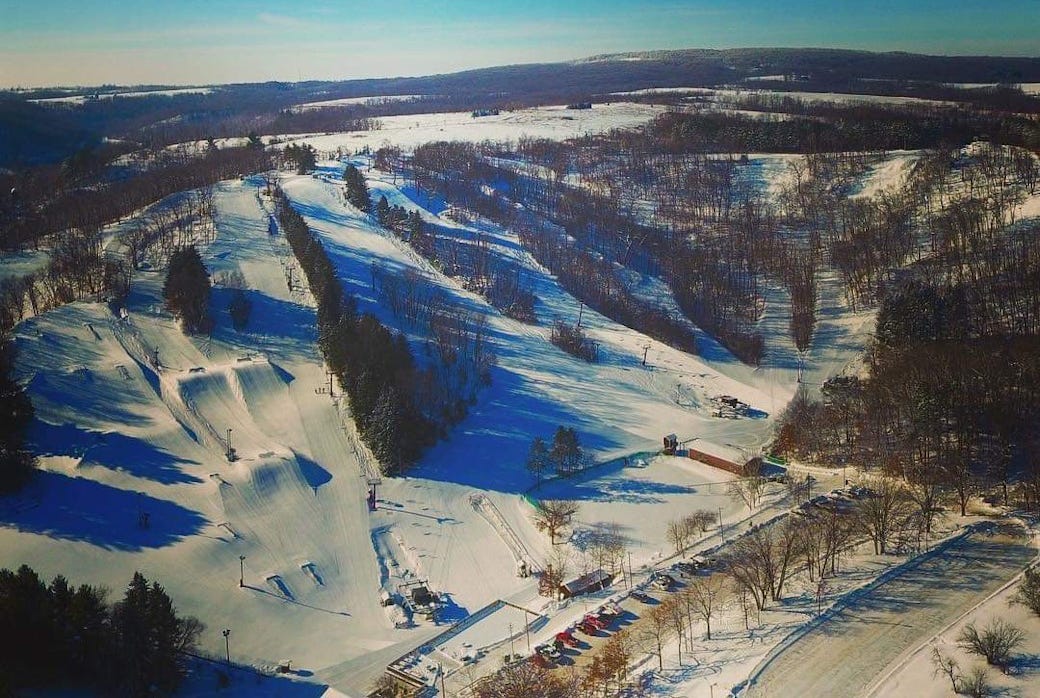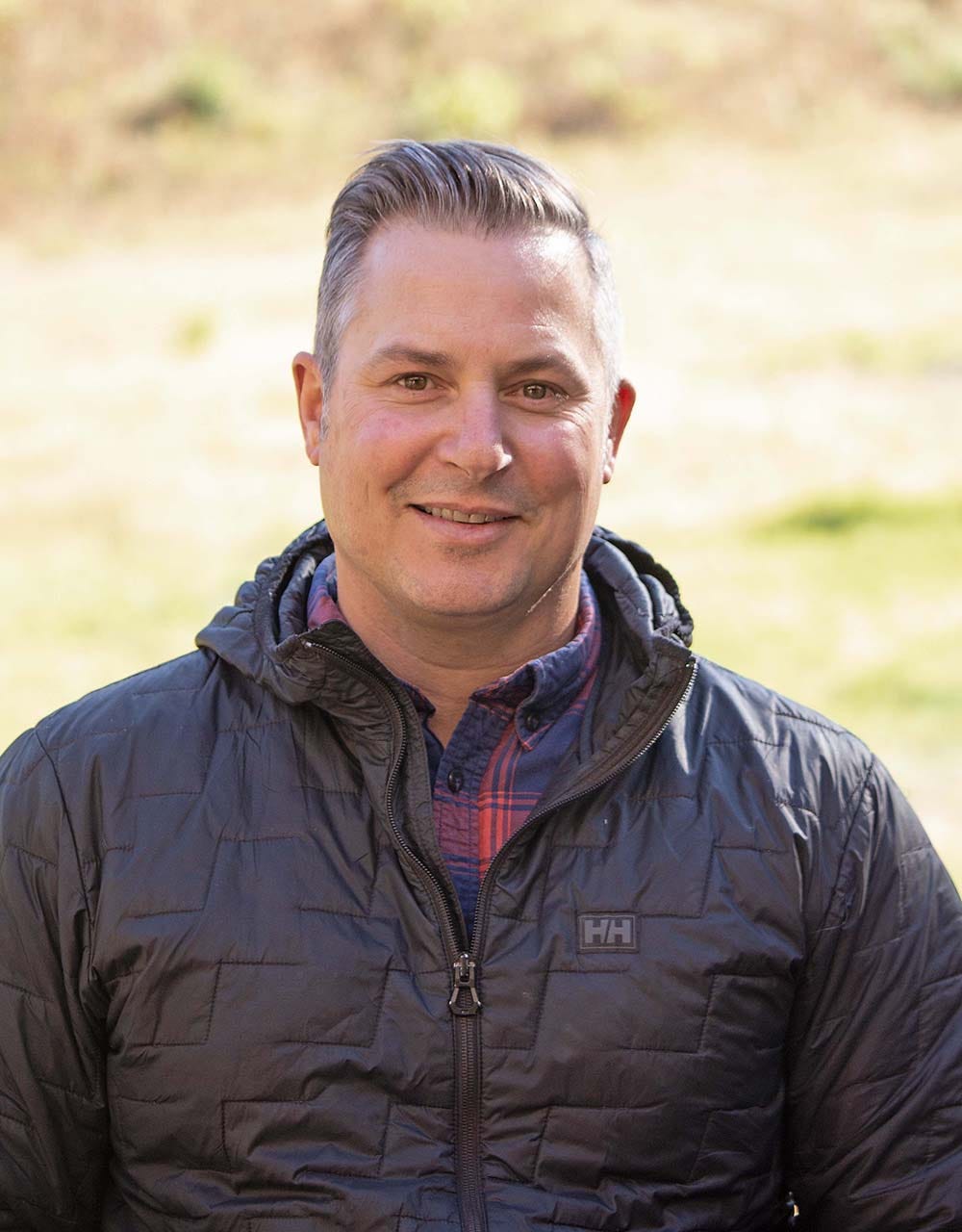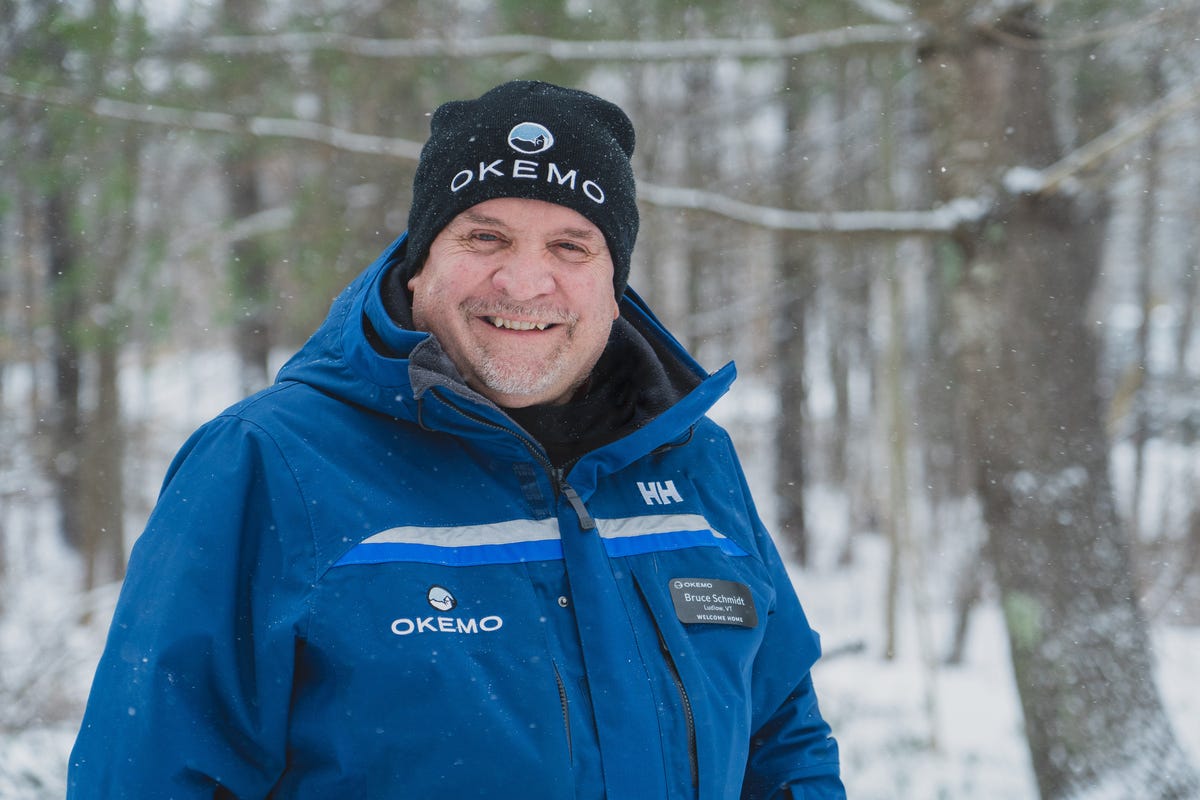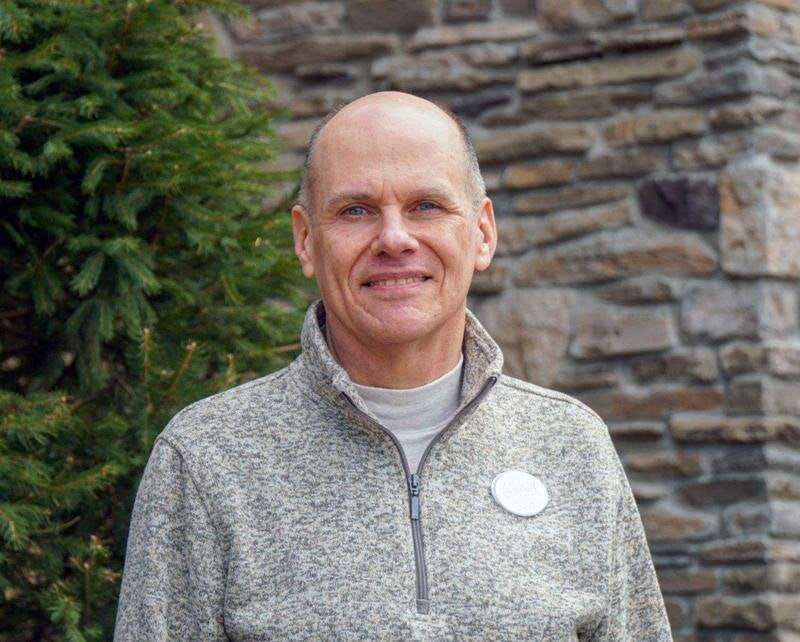Podcast #179: Snow Angel Foundation Cofounders Chauncy and Kelli Johnson
Description
The Storm Skiing Journal and Podcast is a reader-supported publication. To receive new posts and to support independent ski journalism, please consider becoming a free or paid subscriber.
Who
Chauncy and Kelli Johnson, Founders of the Snow Angel Foundation
Recorded on
June 17, 2024
About the Snow Angel Foundation
From their website:
Our mission is to prevent ski and snowboard collisions so that everyone can Ride Another Day! We accomplish our mission through education and awareness to promote safe skiing and snowboarding behaviors. The Foundation was started as a result of a life changing collision and a desire to ensure that these types of collisions never happen again. Since 2016, we have been creating a social movement among skiers and snowboarders with the “Ride Another Day” campaign. Snow Angel Foundation, founded in 2023, is the vehicle that will expand this campaign and transform the culture of skiing and snowboarding into a safety-oriented community. Partner with us so we can all Ride Another Day!
The “life changing collision” referred to above resulted in the death of this little girl, Elise Johnson, in 2010:
Why I interviewed them
The first time I saw this, I felt like I got punched:
I was skiing Snowbird, ground zero for aggressive, full-throttle skiing. The things you see there. The terrain invites it. The bottomless snow enables it. The cultish battle cries of packed-full tram cars demand it. Snowbird is a circus, an amphitheater, a place that scares the s**t out of anyone with a pulse. There aren’t many beginners there. Or even intermediates. You’re far more likely to smash your face into a rock than clip some meandering 8-year-old’s tails when you drop into Silver Fox.
But the contrast between that mountain and that message was powerful. For a subset of skiers, every ski day must be this sort of ski day, every run a showcase of their buckle-bending, torque-busting snow arcs. “Out of My Path, Mortals. You are all just traffic cones around which I dance. Admire me!” And it’s like damn bro how are you single?
That ski behaviors aren’t transferable from High Baldy to Baby Thunder is a memo that too many skiers have yet to receive. Is anyone else tired of this? Of World Cup trials on blue groomers? Of the social media braggadocio and bravado about skiing six times the speed of light? Of knuckleheads conflating speed with skill? When I talk about The Brobots, this is a big part of what I mean: the sense of entitlement to do as they please with shared space, without regard for the impact their actions could have on others.
I hope one or two of these people will listen to this podcast. And I hope they will stop threading the Buttercup Runout back to the Carebear Quad as though they were navigating an X-Wing through an asteroid belt. Speed is a big part of skiing’s appeal. The power and adrenaline of it, the thrill. But there are places on the bump where it’s appropriate to tuck and fly, and places where it just isn’t. And I wish more of us knew the difference.
What we talked about
Elise just “had a lot of light”; being a ski family; an awful Christmas Eve at Hogadon Basin; waking up six weeks later; recovering from grief; why the family kept skiing; transforming pain into activism; slow the F down Brah; who’s doing a good job on safety; ski industry opposition to injury- and death-reporting regulations; and what we learned from the mass adoption of helmets.
Podcast Notes
On couples on the podcast
I mentioned I’ve hosted several husband-wife combinations on the podcast, mostly the owners of ski areas:
* Plattekill, New York owners Laszlo and Danielle Vajtay
* Paul Bunyan, Wisconsin owners TJ and Wendy Kerscher
* West Mountain, New York owners Sara and Spencer Montgomery
On Antelope Butte
The Johnsons’ local is Antelope Butte, a little double-chair bump in northern Wyoming:
On Snowy Range
The Johnsons also spent time skiing Snowy Range, also in Wyoming:
On Hogadon Basin
The incident in question went down on the Dreadnaught run at Hogadon Basin, a 600-vertical-foot bump 20 minutes south of Casper, Wyoming:
On 50 First Dates
By her own account, Kelli’s life for six weeks went about like this:
On the Colorado Sun’s research on industry opposition to safety-reporting requirements
From April 8, 2024:
[13-year-old] Silas [Luckett] is one of thousands of people injured on Colorado ski slopes every winter. With the state’s ski hills posting record visitation in the past two seasons — reaching 14.8 million in 2022-23 — it would appear that the increasing frequency of injuries coincides with the rising number of visits. We say “appear” because, unlike just about every other industry in the country, the resort industry does not disclose injury data. …
Ski resorts do not release injury reports. The ski resort industry keeps a tight grasp on even national injury data. Since 1980, the National Ski Areas Association provides select researchers with injury data for peer-reviewed reports issued every 10 years by the National Ski Areas Association. The most recent 10-year review of ski injuries was published in 2014, looking at 13,145 injury reports from the 2010-11 ski season at resorts that reported 4.6 million visits.
The four 10-year reports showed a decline in skier injuries from 3.1 per 1,000 visitors in 1980-81 to 2.7 in 1990-91 to 2.6 in 2000-01 to 2.5 in 2010-11. Snowboarder injuries were 3.3 in 1990, 7.0 in 2000 and 6.1 in 2010.
For 1990-91, the nation’s ski areas reported 46.7 million skier visits, 2000-01 was 57.3 million and 2010-11 saw a then all–time high of 60.5 million visits. …
The NSAA’s once-a-decade review of injuries from 2020-21 was delayed during the pandemic and is expected to land later this year. But the association’s reports are not available to the public [the NSAA disputes this, and provided a copy of the report to The Storm; I’ll address this in more detail in an upcoming, already-recorded podcast with NSAA president Kelly Pawlak].
When Colorado state Sen. Jessie Danielson crafted a bill in 2021 that would have required ski areas to publish annual injury statistics, the industry blasted the plan, arguing it would be an administrative burden and confuse the skiing public. It died in committee.
“When we approached the ski areas to work on any of the details in the bill, they refused,” Danielson, a Wheat Ridge Democrat, told The Sun in 2021. “It makes me wonder what it is that they are hiding. It seems to me that an industry that claims to have safety as a top priority would be interested in sharing the information about injuries on their mountains.”
The resort industry vehemently rebuffs the notion that ski areas do not take safety seriously.
Patricia Campbell, the then-president of Vail Resorts’ 37-resort mountain division and a 35-year veteran of the resort industry, told Colorado lawmakers considering the 2021 legislation that requiring ski resorts to publish safety reports was “not workable” and would create an “unnecessary burden, confusion and distraction.”
Requiring resorts to publish public safety plans, she said, would “trigger a massive administrative effort” that could redirect resort work from other safety measures.
“Publishing safety plans will not inform skiers about our work or create a safer ski area,” Campbell told the Colorado Senate’s Agriculture and Natural Resources Committee in April 2021.
The Sun also compiles an annual report of deaths at Colorado ski areas.
On helmet culture
Problems often seem intractable, the world fossilized. But sometimes simple things change so completely, and in such a short period of time, that it’s almost impossible to imagine the world before. I was 19, for example, the first time I used the internet, and 23 when I acquired its evil cousin, the cellphone (which would not be usefully linked to the web for about another decade).
In our little ski world, the thing-that-is-now-ubiquitous-that-once-barely-existed is helmets. As recently as the 1990s, you likely weren’t dropping a bucket on your skull unless you were running gates on a World Cup circuit. It’s not that we didn’t know about them – helmets have been around since, like, the Bronze Age. But nobody wore them. Nobody.
Then, suddenly, everyone did. Or, well, it seemed sudden, though it’s surprising to see that, as recently as the 2002-03 ski season, only around 25 percent of skiers bothered to strap on a helmet:
I was a late adopter when I first wore a helmet in 2016. And when I finally got there, I realized, hey, this thing is warm. It also came in handy when I slammed the back of my head into a downed tree at Jay Peak last March.
I don’t have hard stats on helmet usage going back to the 1990s, but check out this circa 1990s casual ski day vid at an un

